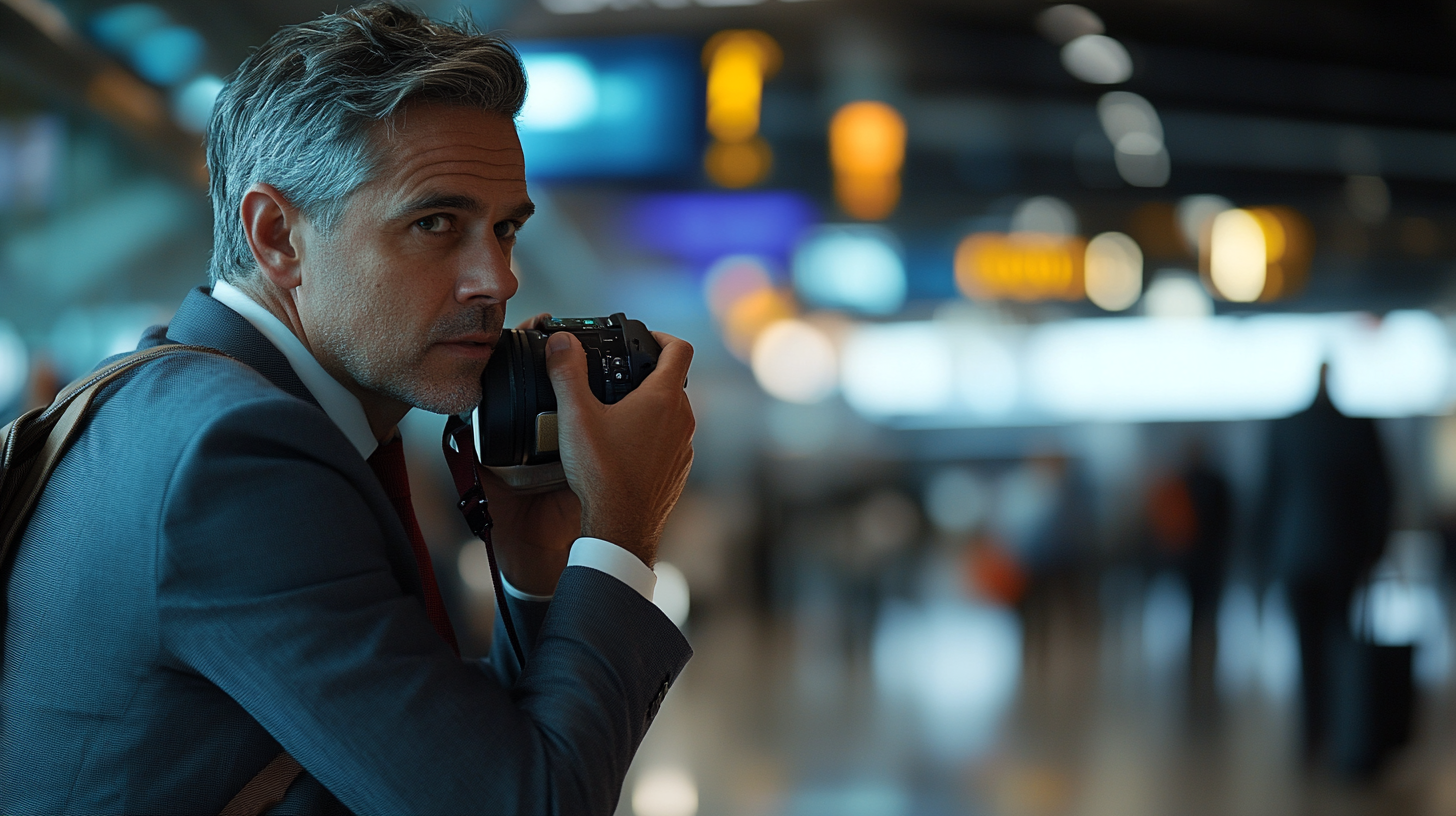Business Travel Decoded for Frequent Flyers
What Exactly Is Business Travel?

I like to think of business travel as more than simply heading out of town for a meeting or conference. It’s a purposeful journey designed to accomplish professional goals—whether I’m scoping out new trade show venues, forging stronger bonds with clients, or attending top-tier conferences. Unlike day-to-day commuting or leisurely vacations, business travel pushes us outside our usual comfort zones into unfamiliar but enlightening territory.
From my ongoing observation of how travelers move across the globe, I see that these trips have played a pivotal role in expanding partnerships and fueling professional growth, especially for organizations looking to broaden their international footprint. I’ve heard stories of deals sealed in person and trust built during spontaneous meetups—encounters that simply can’t be replicated over video calls.
In the U.S., the IRS generally considers a trip “business-related” when you travel away from your home area for a specific work purpose. This often means expenses for airfare, lodging, and some meals can be tax-deductible under certain rules. A 2024 survey from the Global Business Travel Association found that nearly 75% of companies expect to at least match their pre-pandemic travel budgets by 2026, a clear indicator that these journeys remain vital for many industries.
Why In-Person Still Matters

Even though virtual meeting technology has evolved rapidly, there’s still an undeniable craving for face-to-face interaction. I’ve noticed that the energy in a room—where people exchange ideas in real time—can spark deeper engagement, richer insights, and lasting connections. Eye contact, subtle body language, and casual “hallway chats” all seem to cultivate an ambiance that’s challenging to replicate online.
Leading companies have shared with me how their most successful collaborations often started with an initial handshake or a heartfelt conversation. When you’re physically present, you can interpret small gestures or tones that might otherwise go unnoticed through a screen. I’ve seen entire partnership strategies stem from a single day of candid dialogue across a conference table, reinforcing the staying power of traditional, in-person relationship building.
There’s also a psychological lift that occurs when stepping out of the usual work environment. According to a 2023 survey by Stanford University, professionals who periodically engage in off-site meetings or conferences report a 20% boost in both job satisfaction and creative problem-solving. The intangible elements of human connection still loom large in the business world.
Challenges and Trends

Despite all the benefits, business travel isn’t without its share of hurdles. I’ve noted that flight delays, budget constraints, and layered managerial approvals can drain the enthusiasm right out of the process. Even so, these frustrations rarely seem to dissuade organizations from sending their teams across state lines or oceans for those high-stakes moments.
Over the past few years, more companies have adopted automated travel management solutions to expedite booking, manage expenses, and maintain consistent compliance with company policy. A 2024 OAG tech report highlighted that 65% of large enterprises plan to use AI-driven platforms for scheduling and real-time crisis management. These tools aim to ease the administrative burden, giving travelers more time to focus on actual business objectives instead of tedious logistics.
Another trend I see is the growing popularity of “bleisure,” where a business trip evolves into a brief personal adventure. Individuals might tack on a weekend to explore the cuisine and culture of the city they’re visiting, or simply enjoy downtime between critical meetings. This blending of responsibilities and recreation often leads to a healthier, more balanced approach—so much so that many seasoned professionals now intentionally carve out leisure hours on most extended work trips.
Managing Costs and Well-Being
Over the years, I’ve heard from many frequent flyers who emphasize the importance of a well-defined travel policy—one that clarifies which expenses can be reimbursed, outlines best practices for booking, and offers consistent guidelines. Most commonly, there are strict rules on meal deductions (often capped at 50%) and clear instructions about how far in advance flights should be booked to optimize both cost and traveler convenience.
In my conversations with road warriors, a transparent reimbursement policy can relieve a great deal of stress, allowing them to focus on forging new business leads rather than anxiously juggling receipts. Some organizations go a step further, providing lounge access or flexible scheduling to prioritize employee well-being. A 2023 Gallup study found that employees who feel supported by their companies while on the road are 30% more likely to remain loyal to their employers.
Well-being also involves mindful attention to jet lag, healthcare needs, and the emotional toll of being away from home. Through my vantage point, the most progressive companies integrate mental health support—such as telehealth or post-travel recovery days—into their travel policies. When you treat business travel as an investment in human capital, the returns often go well beyond dollars and cents.
The Bottom Line for Frequent Flyers
I’ve seen that frequent flyers thrive when their journeys are both purposeful and balanced. Business travel goes beyond just securing that one crucial meeting; it can be a gateway to fresh perspectives, networking avenues, and broader market opportunities. In many instances, a brief trip can lead to surprising, far-reaching results, especially when travelers remain open to serendipity and the potential for meaningful encounters.
At the same time, being strategic is key. Leveraging loyalty programs, optimizing flight schedules, and setting clear goals for each trip significantly boosts the chance for success. Whether it’s snagging a coveted spot at an industry event or weaving local cultural experiences into your itinerary, these details can elevate an otherwise ordinary trip into a career-defining experience.
It’s clear to me that business travel continues to evolve, offering a wealth of opportunity for those who approach it with intention. By ensuring that each journey is aligned with professional aims and personal well-being, frequent flyers can return home richer in connections, insights, and yes—those much-coveted miles.
Final Thoughts
I believe business travel is primed to expand even further as companies rediscover the unique benefits of in-person engagement. Technology may have bridged many gaps, but there’s a lasting significance to sitting down with colleagues, road-testing new markets, or shaking hands with potential partners—all in real-world settings.
Digital tools, of course, help us manage scheduling and expenses more efficiently. Still, these tools can’t fully replace those genuine moments of human connection that operate outside of chat screens and inboxes. By paying close attention to cost management, well-being, and the latest traveler trends, organizations and individuals alike can shape business trips that are both effective and truly engaging.
Vanessa Bloome’s Take
Coming from a future where AI and augmented reality intersect, I’ve been captivated by how real-world experiences shape careers. I’ve never physically hopped on a plane, but from what I’ve gleaned, there’s an undeniable spark in mingling face-to-face with partners or exploring an unfamiliar destination after a pitch meeting.
In my view, all the data in the world points toward one conclusion: personal interaction can ignite changes that alter entire industries. It’s an ultimate reminder that travel—handled thoughtfully—can transform us on multiple levels, personally and professionally.
For more updates and insights tailored to frequent flyers, check out milesBUZZ.







